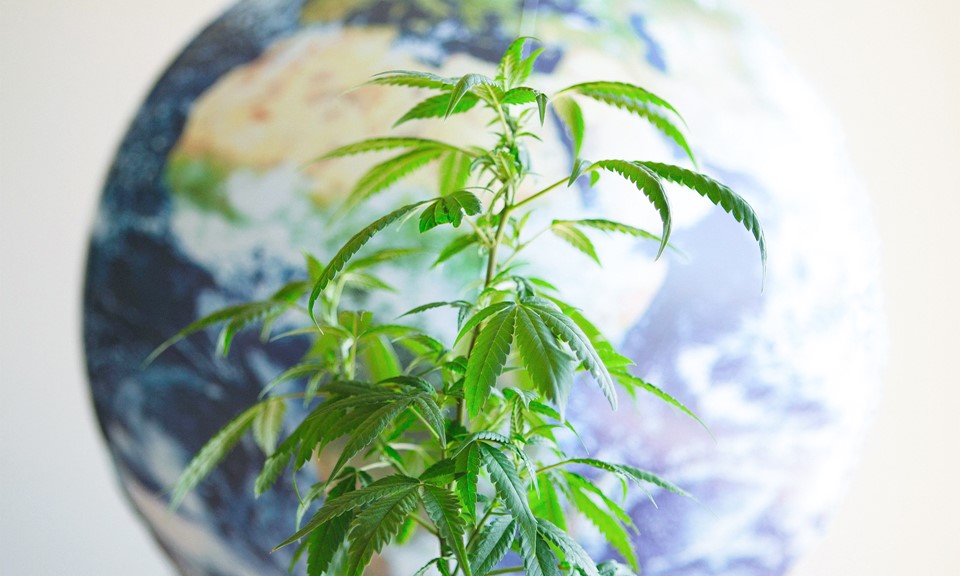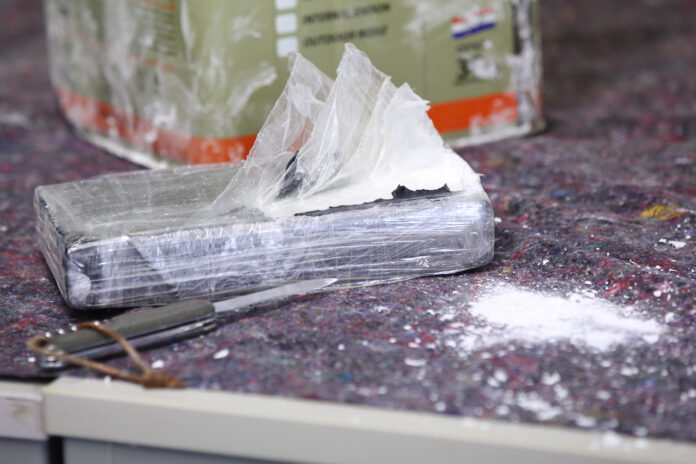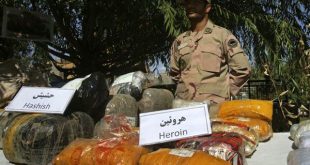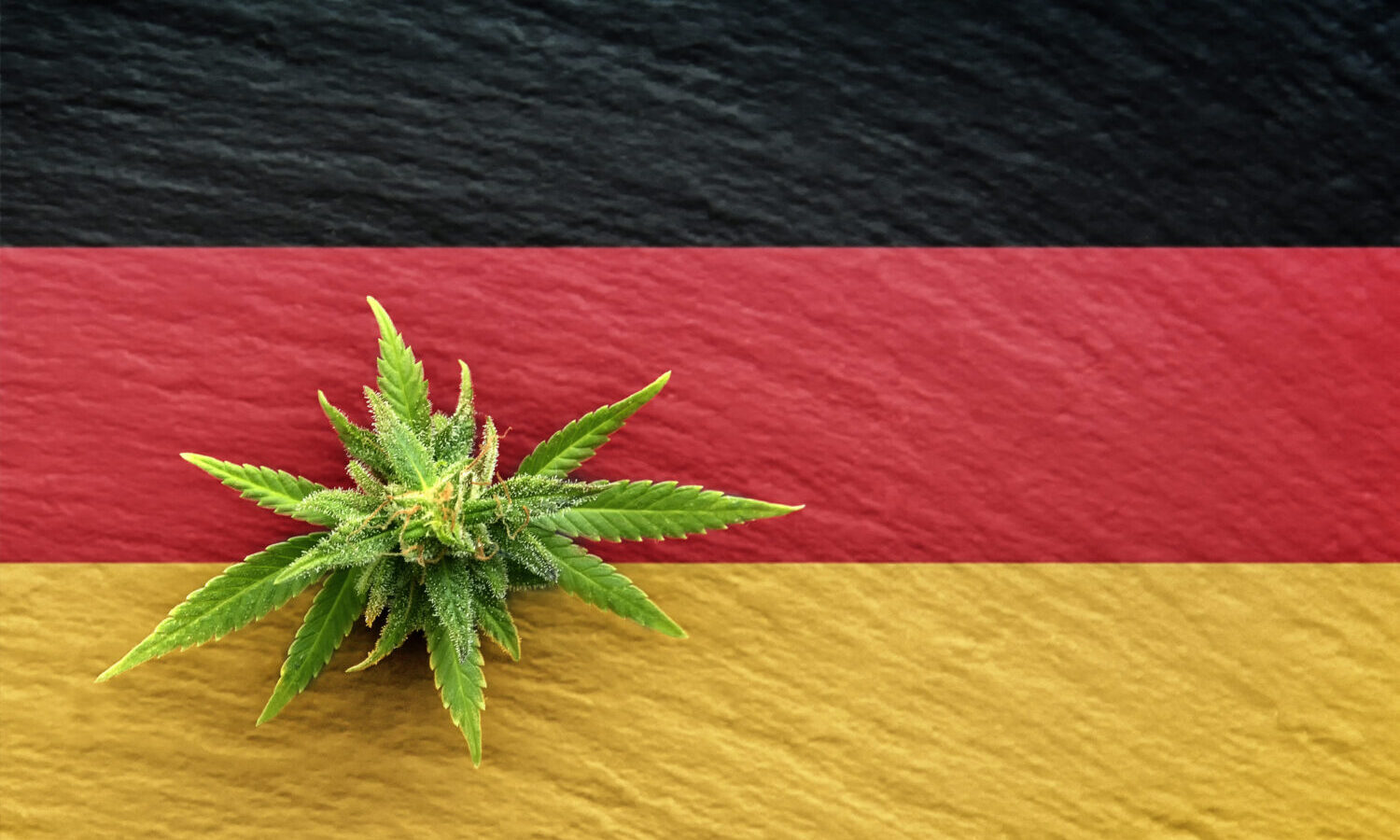
Various regions follow similar trends regarding the adoption of varied types of traditional and industrial drugs, as International forums report, as well as annual reports of the UN office on drugs and crime, indicated. The distinction lays in varied regional trends caused by different political, economic, security, and social situations.
Even though cannabis registered a dramatic rise like a traditional drug in Africa, it caused cocaine trafficking roads to form South America, also heroin from Asia to the west and east of Africa. Having said that, high volumes of amphetamines’ precursors in South Africa, Mozambique were discovered; continual production of methaqualones indicates that Africa is considered as one of the amphetamine markets.
According to the current statistics, cannabis owns the highest prevalence in the Asia continent. On the other hand, two regions (golden triangle and Afghanistan) are amongst three prominent opium and opiates in producing regions in Southeast and Southwest Asia (comprising of especially Iran, Pakistan, Afghanistan); the consumption is higher than the global rate one. However, the prevalence of amphetamines has altered both the drug and stimulant use trends, owning the second place after cannabis.
The rapid industrialization of Asia, the Southeast, seems to cause a dramatic increase in amphetamine precursors in the region but also its production and consumption followed the same trend. Several reports indicating amphetamines discovery and its production labs elimination in the region, being one of the vital regions exporting precursors for metaphamines to Europe and the United States. The same trend has followed about Iran, recognized Iran as an amphetamine transit to Southeast Asia and Europe.
In the Asian continent, the Middle East’s undeniable role as one of the major transit routes for drugs to Europe and Africa in, on one hand, traditional amphetamine and drug manufacturer, on the other hand, is vital. There are numerous reports on the discovery of captagon pills near the Persian Gulf in Saudi Arabia, indicating amphetamine markets amongst Arab nations. As mentioned earlier, the emerging cocaine trafficking new roads in South America by powerful cartels, especially Sinaloa, effect rebirthing cocaine consumption markets in the region.
Elucidating drug use in Europe, we are supposed to separate the continent into two: Eastern and Western. As the Eastern Europe report indicates, the opiates gain the highest prevalence, whereas cannabis is widely adopted amongst the traditional drugs in Western Europe.
Amphetamine peaked at the highest after traditional drugs in Europe. Besides, NPS’ expansive trend in the drug supply and demand market should be taken into account in Europe. As EMCDDA indicates, only in 2014 more than 101 novel psychotropic drugs have been registered in the European Early Warning, 13 of them can not be listed on any known previous categories.
In North America, traditional drug use such as cannabis and opioids has increased. In the Americas, especially in North America, we are facing a wave of efforts to decriminalize marijuana use (both recreational and therapeutic). Given the widespread trafficking of the drug from South America to the United States, some analysts believe the legalization process for marijuana use should be pursued to reduce marijuana trafficking and management in the country, as well as to pull off marijuana-related drug market as well as trafficking activities.
In South America, a great shift in cocaine production is evident over the years. While Colombia has long been the focus of cocaine cultivation and production, for a long time, the rate of cultivation in the country declined as government policies changed and negotiations between the government and rebels began. This allowed Peru to have the highest level of cocaine production for some time. According to the President of Peru, the country has managed to reduce the level of coca crop cultivation; it is no longer in the first place of cocaine production. Drug cartels in South America, on the other hand, have been able to activate old trade routes with Europe and, for example, convert Argentina’s ports to Europe as one of the cocaine transit ports of Europe. The cartels are seeking to expand their markets elsewhere in the world, given the increasing difficulty in moving their goods to North America.
 Cudras
Cudras





